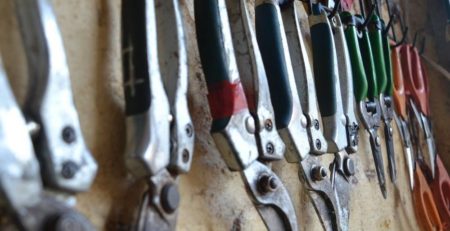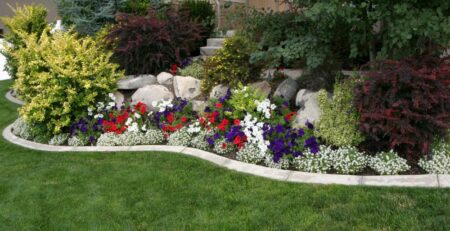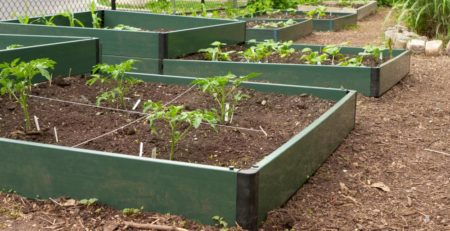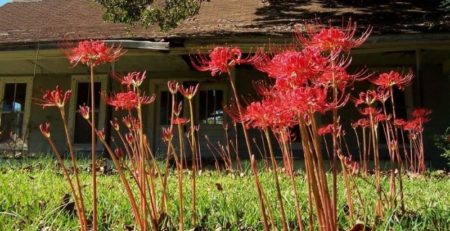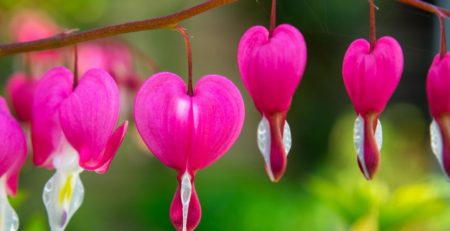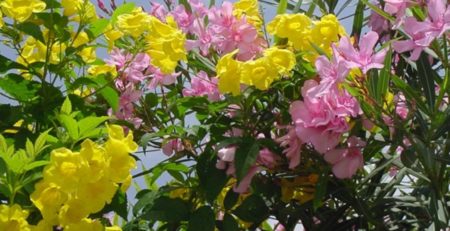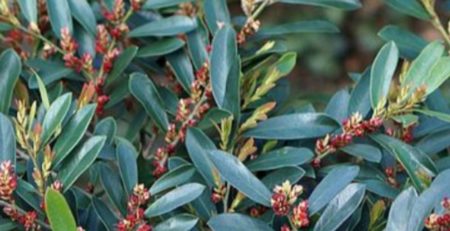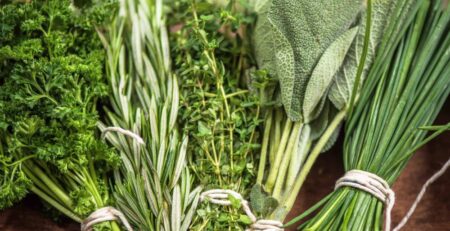Leave the Leaves
We’ve all heard this, but what does it mean? And then what happens?
“Leave the Leaves” started with the thought that leaves left in a yard mimic the forest floor, where critters find shelter and can over-winter in the leaf litter. Leaves are generally blown into corners by the fall winds, where they get stuck up against shrubs and pots. A national campaign has been started to teach the benefits of leaving the leaves intact that fall in your yard. Leaves provide a habitat for many invertebrates, toads, and small mammal species as well as a food source for birds and other mammals. Not to mention that raked leaves take up about 13% of the space in our landfills.1 As gardeners, we recognize the benefit of leaving our perennial plants standing. The stems become hollow and provide cavities ideal for a tiny winter home for insects. These also provide a framework to catch the leaves and enhance the wintertime habitat for over wintering moth and butterfly caterpillars that will emerge in the spring. We need to think of all native insects as an important part of the ecology of our garden. Even what we think of as “bad” bugs serve as some bird’s breakfast.
Leaves are an important component in natural composting. They break down and provide nutrients to the soil. 2 So, let’s talk about that.
Leaves can be cut up by using your lawn mower. Smaller pieces break down more rapidly and are easier to manage. Chopped up leaves can be used as a free natural mulch to prevent weeds and preserve moisture. When mixed into the earth, they help loosen compacted soil and add nutrients to the garden. Leaves add carbon. If you are going for a more robust, but still simple compost, mix in some grass clippings to add nitrogen.
Back to the leaves. In fall, run your mulching mower over the fallen leaves several times and either gather them to put on the flower and vegetable beds or leave them to provide a mulch for the lawn during winter. I have found that when they are in too thick of a layer on the lawn, they prevent the sun from getting to the grass, preventing new growth in the spring. 3 As with everything in nature, it’s a balance.
Some people have lots of trees and the sheer volume of leaves causes a problem. Bag the extras up and donate them to a local community garden along with your “used” pumpkins. Also, some leaves may require special handling. Black walnut trees and their leaves contain juglone, which is toxic to many plants. The toxin will break down when exposed to the elements, but the leaves should be composted before using.
Leaves provide a free, natural resource for your garden. They are easiest used when chopped up with a mulching mower. They can be mixed in with the soil, used as a mulch on top of vegetables and flowers to inhibit weeds and conserve water. Add them into compost. Most importantly, they provide habitat for many small creatures that live within a natural ecosystem. So yes, Leave the Leaves.
1 National wildlife Federation: Laura Tangley Garden for Wildlife Oct 01, 2015
For more wildlife-gardening tips, visit www.nwf.org/nwfgarden.
2 Composting Leaves: How to Achieve Leaf Decay- Epic Gardening
3 AP (Associated Press) By JESSICA DAMIANO
Updated 6:21 AM CST, November 7, 2023
https://apnews.com/article/leave-leaves-gardening-fall-cleanup-7e007754b7a579347bf6bedcfed4ba1e
Mulching leaves is only one way to use sustainable practices in your home garden. For more gardening tips, as well as information about how to participate in USDA’s People’s Garden initiative, check out The People’s Garden | USDA.
Signage is available to purchase if your HOA is one of those that is offended by too many leaves. Go to Xerces Society, Gift Collection https://gifts.xerces.org/products/leave-the-leaves-sign


